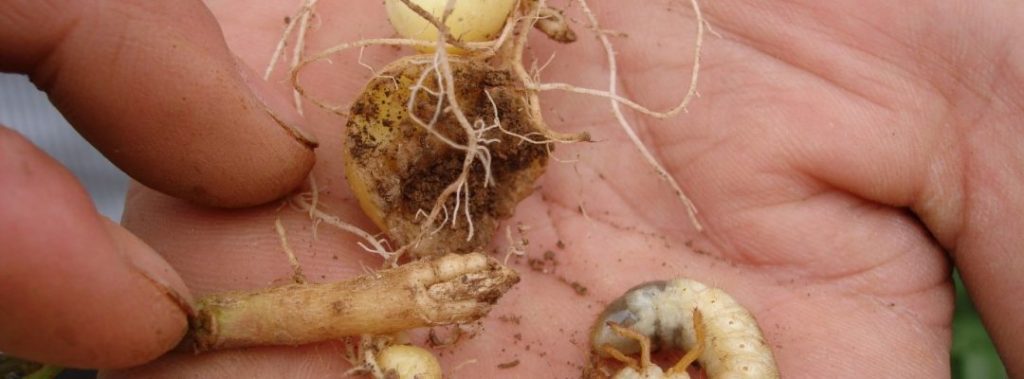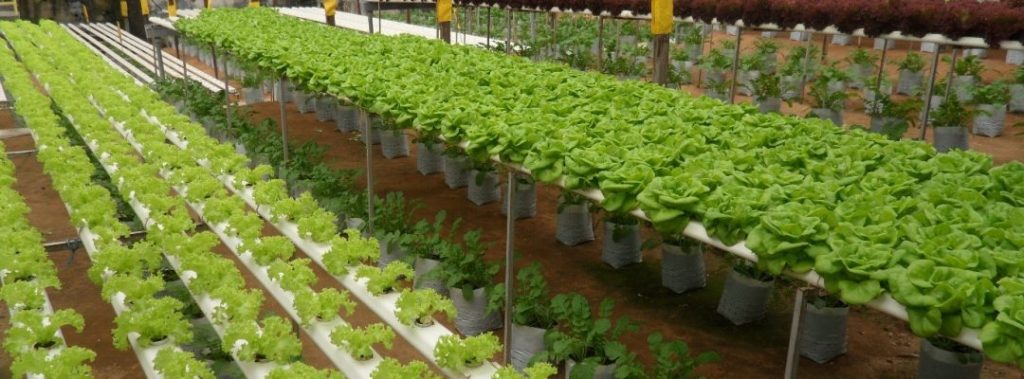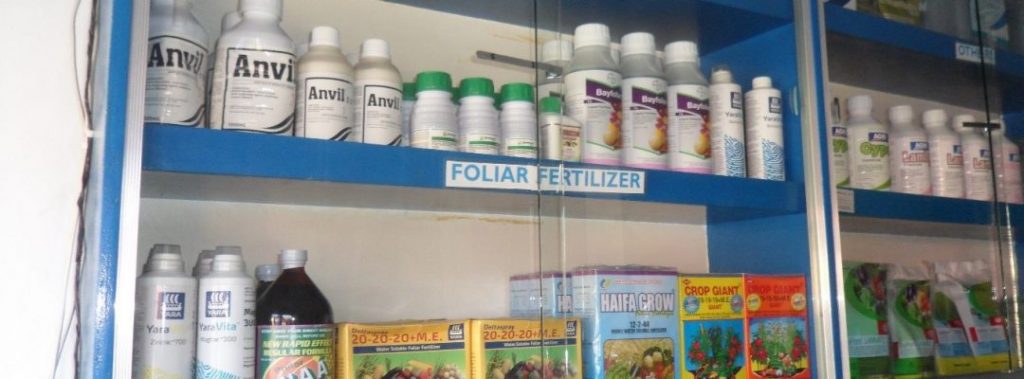
When choosing a biopesticide or biocontrol product for managing a pest, it is about asking the right questions. Below we have compiled a simple list that will help you make the right choice, with the CABI BioProtection Portal to support and guide you.
Overview
- Is there a biopesticide or biocontrol product authorised for your pest?
- Is the biopesticide or biocontrol product effective under your conditions (covered crop or field use)?
- Is the biopesticide product safe for the environment and for human health?
- Are there any unwanted effects on pollinators and natural enemies?
- Is it compatible with other pest management practices you are using?
- Is the biopesticide or biocontrol product locally available?
- Is the use of the biopesticide/biocontrol product economically viable?
1. Is there a biopesticide or biocontrol product authorised for your pest?
This is a critical first step in how to pick a biopesticide and this is where the CABI BioProtection Portal can really help. To start the process, using the portal:
- First select your country
- Then select your crop
- Finally select the pest and hit ‘Search’
This action will then display a list of products approved by the authorities in your country for your specific problem. There’s no need to always know the scientific name of your pest as the portal often contains the common names as well.


2. Is the biopesticide or biocontrol product effective under your conditions (covered crop or field use)?
Check the label and, ideally, consult with an advisor to confirm whether the product is suitable for your conditions.
For example, some biopesticides are designed to work exclusively under glass, but others can be taken out into an open field – knowing if these specifics exist is vitally important to ensuring you select the correct product.
3. Is the biopesticide product safe for the environment and for human health?
The product labels on the CABI BioProtection Portal will give information regarding possible precautions when using biopesticides – particularly regarding operator health when applying and disposing and risks to the environment.
Other places you can look for guidance on how to apply and safety recommendations include:
- National Library of Medicine: National Center for Biotechnology Information
- PPDB: Pesticide Properties DataBase
- ECHA: European Chemical Agency
If the biopesticide poses a potential danger to the environment, you will need to consider how and when you apply it, also where you dispose the residues – should it be away from ground water, for example.
If the product poses health concerns, you will need to wear Personal Protective Equipment (PPE) or consider application systems that minimise exposure.


4. Are there any unwanted effects on pollinators and natural enemies?
Information can usually be found on the product’s safety datasheet and label regarding the risks to non-target organisms. If not, other sources of information such as pesticide side-effects databases can give this information, for example see International Organisation for Biological and Integrated Control and the Koppert Side-effects Database.
Importantly, note that in some cases you can mitigate non-target effects. For example, if there’s a potential risk to pollinators you might restrict your application(s) to the early stages of crop growth and/or when there are no flowering plants.
5. Is it compatible with other pest management practices you are using?
Could there be a negative or positive interaction between activities? You will need to know how compatible the biopesticide or biocontrol product is with other things you’re doing to control pests.
Some biopesticides – for example, insect-killing fungi- may need careful timing around a fungicide spray so not to inhibit activity.
Conversely, there will be biopesticides that are perfectly compatible with chemical pesticides. This is where advisors and technical product information can be so important.
6. Is the biopesticide or biocontrol product locally available?
You’ve found registered biopesticide/biocontrol products for your problem and they are compatible with your conditions and your other practices, but can you get hold of the products?
The CABI BioProtection Portal, by working with its partners, can tell you how and where to buy products, it can also put you in contact with suppliers who will happily talk through your requirements.


7. Is the use of the biopesticide/biocontrol product economically viable?
Use data from the manufacturer or supplier in combination with the local price of the product to understand the return on investment. There will also be other considerations, such as:
- Will repeat applications be necessary?
- Will other costs be saved?
- Will use of biopesticides/biocontrol contribute to the long-term improvement of soil health and biodiversity, and the sustainability of production?
Taking into consideration the above points, and using the CABI BioProtection Portal, you can easily identify and gain information available on the biopesticide and biocontrol products available in your country, for your specific crop and pest query.
